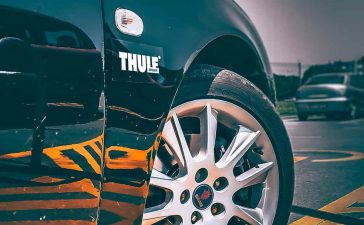Want to improve the performance of your classic Saab car? And this is not a problem, only by mixing predefined types of fuel, but you need to know some details.
Can you milx together different fuels to get what you need? Yes, you can mix any of race fuels. But remember – if your engine needs an unleaded fuel, you don’t want to mix leaded with unleaded. Doing so would make a leaded fuel which could still damage oxygen sensors and catalytic converters. Because of all of the above, the answer is – In most cases. yes.
For outside of USA guys: This numbers below goes for USA octane numbers, so their 93 is 98 in Europe, don’t be scared. It’s the difference between their octane system (AKI) and USA (RON).

Table of Contents
Gas Math
When mixing fuels, a weighted average will get you fairly close. For example, a tankful that’s three parts 90 octane and one part 110 octane would yield approximately a 95 octane mix, But before you start grabbing nozzles, a friendly reminder that leaded fuels will harm the catalytic converters and oxygen sensors found in modern cars.What is the octane when I mix them?
First you need to calculate the percentage of each fuel that will be in the final mixture. Then, use this equation to find your octane:
( [ % Fuel A ] x [ Octane of Fuel A ] ) + ( [ % Fuel B ] x [ Octane of Fuel B ] ) = Octane of Mixture
Mixing for Octane
Most pump fuels now top out at 93 octane. That’s fine for today’s machines, but that ’60s performance car might have been built back when octane numbers found at the corner station ran doser to 100. If looking for a solution that’s street-legal. Oil company experts says, you could run for example Sunoco 260 GT, a 100 octane, unleaded street-legal fuel. While straight 260 GT would provide more than enough octane in this case, if less octane was needed you could save some money by cutting it with pump fuel.
A 50-50 mix with 93 octane, for example, would yeald about 96 octane, and you could adjust as necessary. Those headed to the track could opt to instead mix in an off-road racing fuel.
Mixing for Storage
Today’s oxygenated fuels usually contain up to 10 percent ethanol.The Ethanol helps those fuel produce more power, but the ethanol alos absorbs moisture over time, especially in an older fuel system that isn’t entirely sealed. That moisture can eventually cause all kind of problems. Some stations offer non-ethanol fuels, with 89 and 92 octane.











